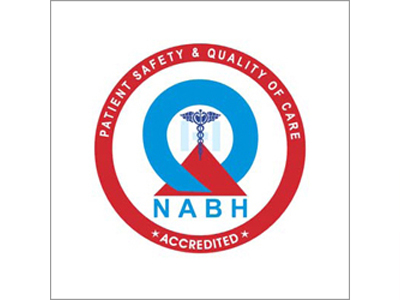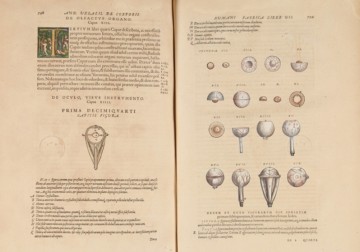In a series of an expected 100 essays, Prof. Dr. Mohammad Javed Ali of LVPEI brings together the many scientists and physicians who have shaped the modern discipline of Dacryology.
The study of human tears, its production in the lacrimal glands (lacrima are tears in Latin) and ultimate drainage through the nasal cavity, is the science of Dacryology (dakryma, in Greek, also means tears). The lacrimal glands at the outer edges of the eye and the meibomian glands on the eyelids produce a tear film that protects and lubricates the eye, and aids in refracting light inwards. Tears are then collected near the inner side of the eye and drained into the nose through the lacrimal sac and the nasolacrimal duct. Dacryology is a medical subspeciality that focuses on the health and dysfunction of this delicate system. The interplay between the eye and the nose places this subspeciality among those who specialize in the eye (ophthalmology) and the ear, nose and throat (ENT) specialists.
Dacryology then is an interstitial discipline that was both long-explored and under-developed until the modern era. Any epiphora (excessive tears), or suppuration of the lacrimal glands (pus due to infection or inflammation) were tackled in interesting ways by the Sumerian, Babylonian, Egyptian, Greek and Indian physicians over millennia. The modern epidemic of dry eye disease only adds a brighter spotlight on this discipline. The clinical, anatomical, and histological exploration of this subtle bodily system has had a surprisingly ancient history, but its details and explorers stayed hidden in the nooks and crannies of time.
A remarkable, potentially 100-article series titled the ‘Doyens of Dacryology’ in the Journal, Seminars of Ophthalmology, brings all these remarkable scientists and physicians of the lacrimal system together. Written and compiled primarily by Prof. Dr Mohammad Javed Ali, with periodic help from a few collaborators, the Doyens series are a full-access, peripatetic collection of essays that leaps across time to spotlight key contributors and forerunners to the modern discipline of Dacryology. These essays began in November 2023 and is currently at #83. The essays themselves vary in length, and are meticulously referenced to articles, books and resources from across the world.
The series begins with the ancient tools of trade to probe, manipulate or destroy the lacrimal sacs—syringes, and a red-hot iron for cautery! Galen and Leonardo Da Vinci make appearances, along with colorful and savant-mavericks like John Thomas Woolhouse, an ‘oxbridge’ oculist to the exiled King of the English isles, King James II. In the 1700s, Woolhouse and his students were devising tiny gold, silver, or lead tubes to bypass blocked nasolacrimal sacs. The modern era discusses key contributors like Juan Murube del Castillo (who coined the term ‘Dacryology’, apart from ‘his visionary idea of looking at the lacrimal gland and drainage together, not in isolation’), Richard Welham (who, among other things, led the focused lacrimal clinics at Moorfields eye hospital in London), and Friedrich Paulsen (with a famous tract on ‘the human lacrimal ducts’). The 80-odd articles focus on a couple of women too, including Jane Madeleine Olver (of ‘the classic treatise, Colour Atlas of Lacrimal Surgery’) and the unique 1731 story of Marie Carteri’s ‘miraculous cure’. The series marks a turn for Prof. Javed Ali; along with his clinical practice and institutional roles and other interests, he is now a medical historian focused on his discipline. Indeed, there is no one better placed to bring this collection together.
Noting the profound impact of this historical quest, Prof. Ali says, ‘the nearly two years that I exclusively spent in the by-lanes of history, drenched in the passing sands of time has profoundly impacted the person I am. Humility strikes very hard and penetrates the core. I learnt that past is as infinite as the future. While navigating through the complex and multilayered history and maintaining balanced opinions was a challenge, I am happy that in this process I could shine my torch brightly at the hidden fires of the Ancients’.
Photo credit: The fourteenth chapter of book VII of Fabrica titled ‘De oculo visus instrumento’ with anatomical descriptions of the eye (source: Wellcome Collection); Essay 7.



